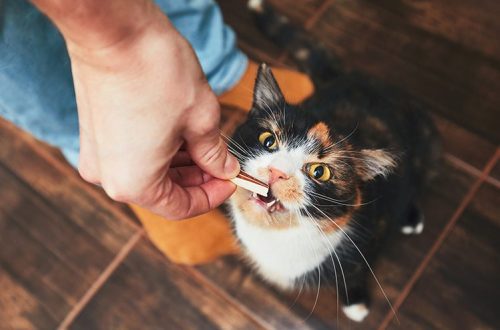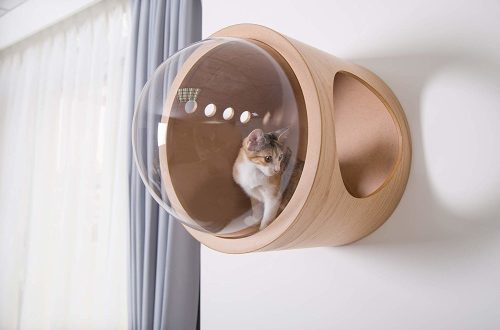
How to stop bleeding in a cat?
Cats walk on their own – and everyone knows that! But what if, during one of the walks, a small domestic predator accidentally injured himself? Moreover, this unpleasant episode can occur not only with free-range pets or during a trip to the country, but also in the most “safe” conditions, right at home.
Curious cats day and night are in search of adventure and just love to get into unusual situations. But, unfortunately, it is not always possible to emerge victorious from them, and often cats receive the most unexpected injuries. Do not forget about elementary household oversights. For example, yesterday you broke a vase, but inadvertently removed not all the fragments, and today an active (and sticking its pretty nose into everything) pet inadvertently picked it up and cut itself. In a word, there are many dangers around, and one must always be ready to provide first aid to a four-legged friend if necessary. How to do it?
- Deep wounds (medium and extensive)
First of all, we cut the hair around the wound with special veterinary scissors (with tips bent up). In no case do we use a razor for these purposes, because. it additionally injures the skin, and the removed hair gets into the wound and significantly aggravates the situation.
Then we treat the wound with a special non-burning disinfectant (chlorhexidine, Migstim, Vetericyn spray).
Neither iodine, nor brilliant green, nor alcohol-containing agents can treat a wound! This will not only cause severe pain to the pet, but also provoke tissue burns.
The next step is to apply a wound healing gel with an antibacterial effect (Levomekol, Vetericyn-gel, etc.) to the damage. This will help protect the wound from bacteria, which is essential because you still have to get to the veterinary clinic.
After applying the gel, a sterile napkin is applied to the wound. Remember that cotton wool should never be used, because. its fibers get stuck in the wound.
And our next, final task: to limit the pet’s access to the damaged area, i.e. bandage the wound. A bitter self-locking bandage is best for this purpose. the cat will not lick and bite it. Ideally, the wound is bandaged through two joints, otherwise the dodgy dodger will find a way to get rid of the bandage. Do not overdo it in trying to securely bandage the injury, strong overtightening will not do any good, but will only aggravate the situation, causing severe pain and discomfort to the animal.
After providing first aid and bandaging the wound, take the cat in an armful and go to the veterinary clinic as soon as possible.

- Minor wounds
Surprisingly, a cat can cut its paw or tummy…just by walking on the grass. This happens especially often with kittens, because their skin is still very thin and delicate. Such wounds cause a lot of inconvenience to the baby, and if they are not treated in time, the risk of complications becomes serious. Therefore, it is not worth neglecting the processing, relying on “it will heal itself”.
It is enough to treat small wounds with a wound healing gel with an antibacterial effect. Vetericin gel is ideal for this purpose. It is not only effective, but also completely safe for the animal, and its use is painless. It is not necessary to apply bandages and bandage the damage after gel treatment.
In extreme cases, if there are no suitable remedies at hand, the wound is washed with clean water and soap. Of course, such a decision is not the most competent, but it is better than letting the pet walk around with an open, untreated wound.
So, we talked about first aid for an injured pet. Make sure your home first aid kit has everything you need for this, and don’t forget to take the first aid kit with you on trips, or better yet, get yourself a spare!
We hope that the discoveries and exploits of your pets will always give both him and you only positive emotions. But, as the famous proverb says, forewarned is forearmed, and it is better to be prepared for any situation.





